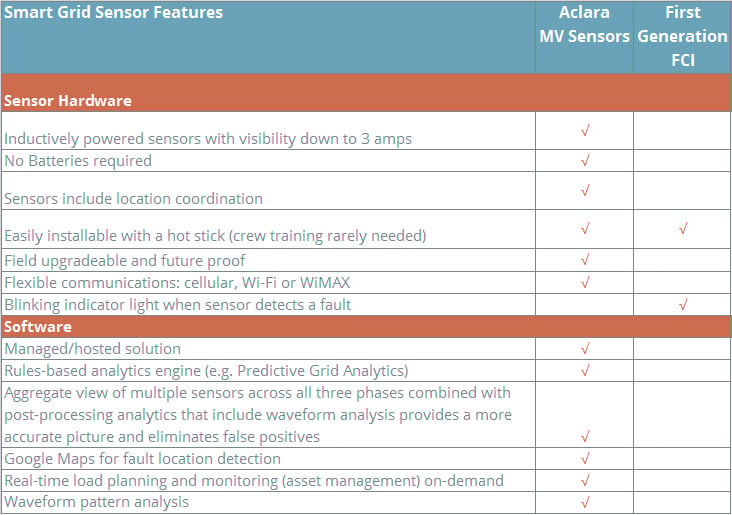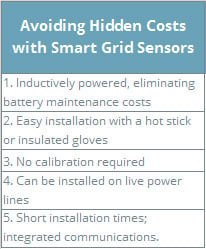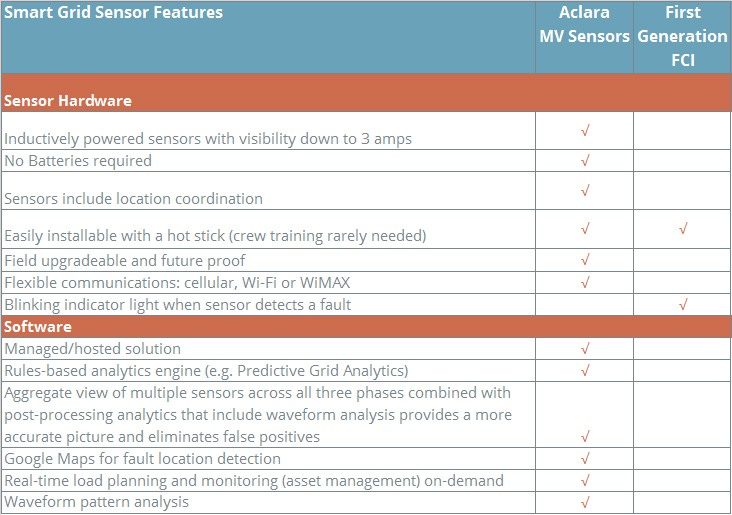This blog is the final installment in our 4-part series on why
smart grid sensors are a better investment than fault current indicators (FCIs, or FPIs in Europe). In our past posts, we established that the Aclara Grid Monitoring Platform with smart grid sensors provides superior
accuracy and features over FCIs. But, the lingering question is: how much more will it cost? In a careful cost analysis of both solutions, Aclara’s solution proves to have a
lower overall cost of ownership than FCIs. In this blog post, we outline how you can save
money with sensors.
Avoid hidden costs with Aclara smart grid sensors
Don’t let the seemingly low cost of FCIs fool you. FCIs contain hidden costs like battery replacement and maintenance that can really add up over the years – and hit you where it hurts: added operational expenses. Utilities must perform regular maintenance on FCIs, deploying crews to drive to each FCI to replace batteries, contributing to operational costs. What’s worse, instead of replacing batteries, many end up replacing the full FCI rather than just the battery. These hidden costs combined with equipment costs to make FCIs more expensive in the long run than Aclara smart grid sensors.

Aclara smart grid sensors offer utilities the lowest overall cost of ownership because they are designed with cost savings in mind.
(1) They are safely installed with a hot stick or insulated gloves, and no calibration is required.
(2) They can be installed on live power lines; there is no reason to take an additional outage for the upgrade.
(3) Smart grid sensors are lightweight and have a patented clamp-on design so that they can be deployed by using the hot stick once, offering the easiest installation in the industry.
(4) They have integrated cellular communications to avoid pole clutter.
(5) They are inductively powered and do not require batteries, which eliminates the tremendous costs of battery maintenance that plague most FCIs.

Over the course of this 4-part series, we have covered the four reasons why the Aclara Grid Monitoring platform with smart grid sensors is a better long-term investment for utilities than FCIs (see the checklist below for a summary). Aclara smart grid sensors are more accurate and are the only solution to offer Predictive Grid® analytics software to improve accuracy over FCIs, They also are multipurpose devices so you can use them to not only identify outages but for numerous other applications from capacitor bank monitoring to substation monitoring. All of this gives you more bang for the buck.
We hope this blog series has helped you in your search for the best smart grid technology solution for your utility. If you are interested in learning more about smart grid sensors, download this Frost and Sullivan report.

